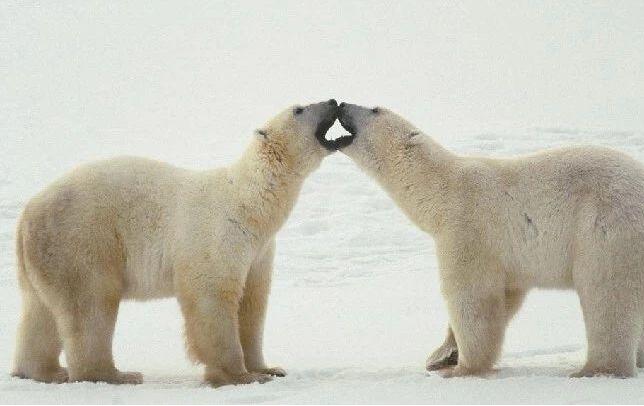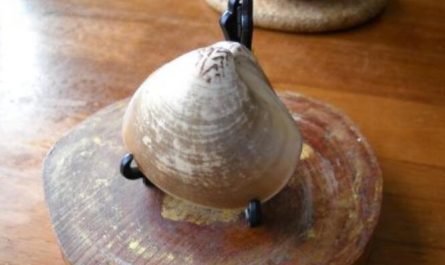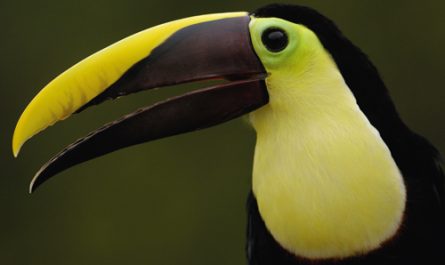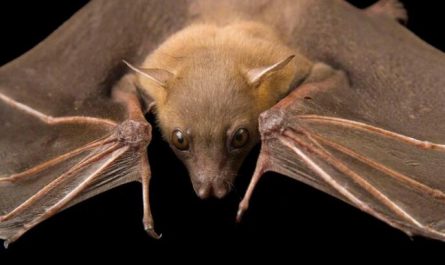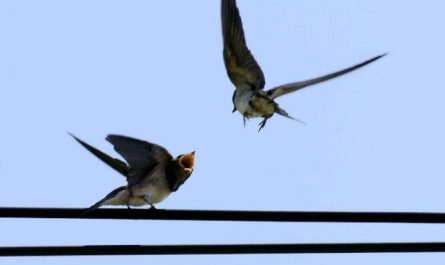The reason why polar bears are white
The fur of the polar bear is a colorless hollow tube. It looks white after the sunlight is refracted in it, and this hollow fur is waterproof and heat-insulated, so the polar bear can live in the cold polar regions. The skin is “black” Looking at the nose, it can be seen that black skin can absorb heat. Basis: American scientist Mallim Henry, who specializes in polar bears, once analyzed the “white hair” of polar bears through a scanning electron microscope, and was surprised to find that the fur of polar bears is not white, but A hollow and transparent tube.
The “white” seen by human eyes is formed because the inner surface of the hair is rough and uneven, so that the light is refracted very messy. Scientists believe that the hair of polar bears are small light pipes, and only ultraviolet rays can pass through. This is the “tool” for bears to capture temperature. The reason for this phenomenon is that this hollow hair is waterproof and heat-insulated. It really plays a big role for polar bears living in the cold polar regions of ice and snow. This is very beneficial to their survival, and we will Their fur was mistaken for white because the sunlight refracted in it and it looked white! He only analyzed the fur of polar bears because Henry pointed out that the infrared camera used to photograph wild animals is not suitable for polar bears.
Such animals cannot be photographed on infrared film because their body temperature is as cold as the surrounding polar ice and snow. As for ultraviolet photography, the white polar bear’s fur is very reflective. However, I don’t know why, its white color absorbs most of the sun’s ultraviolet rays on the body. Henry only started to study this interesting phenomenon of polar bears. Later, I discovered the actual situation of polar bear hair! Therefore, the polar bear is “white”. Anyone with a little animal knowledge will explain: “This is just a natural protective color.” But the actual situation is not the case. The fur of the polar bear is hollow and transparent!
Living habits of polar bears
activity
Polar bears are such excellent swimmers that they were once considered marine animals. Polar bears spend most of their lives (about 66.6%) in a “static” state, such as sleeping, lying down, or waiting for prey. The remaining 29.1% of their time is walking or swimming on land or ice , 1.2% of the time is attacking prey, and the rest of the time is basically enjoying delicious food.
Sometimes the prey caught by polar bears will attract the same kind of prying eyes. Generally speaking, if you are unfortunate enough to face those big guys, smaller polar bears will be more inclined to slip away. However, a mother who is feeding her young is to protect her young. , Or defending a family’s hard-won rations, and sometimes fighting against the offending male bear. At the same time, polar bears are the only bears that actively attack humans, and most attacks occur at night.
feeding habits
Polar bears are genuine carnivores in the bear family, and 98.5% of their food is meat. They mainly prey on seals, especially ringed seals, as well as bearded seals, saddle seals, and crested seals. In addition, they also catch walruses, beluga whales, seabirds, fish, small mammals, and sometimes clean carrion. In summer they will occasionally eat some berries or plant roots. At the end of spring and summer, they will go to the beach to fetch the seaweed that rushes up to supplement the minerals and vitamins needed by the body.
Unlike other bears, they don’t hide unfinished food and wait for it to eat later, even after eating the fat, they will grow up. You must know that for them, high-calorie fat is more than meat. Is important because they not only need to maintain the fat layer for warmth, but also need to store energy when food is scarce.
Hunting
Polar bears generally have two hunting modes, the most commonly used is the “waiting for the rabbit” method. They will find the seal’s breathing hole on the ice in advance, and then wait a few hours beside them with great endurance. When the seals show their heads, they will launch a sudden attack and use sharp claws to drag the seals up from the breathing holes. If the seals are on the shore, they will hide out of sight of the seals, and then creep over to attack. Another mode is to dive directly under the ice surface and not attack until the seals close to the shore. This has the advantage of directly blocking the seal’s retreat. After eating and drinking, the polar bear will carefully clean up the hair and remove all the food residues and blood.
